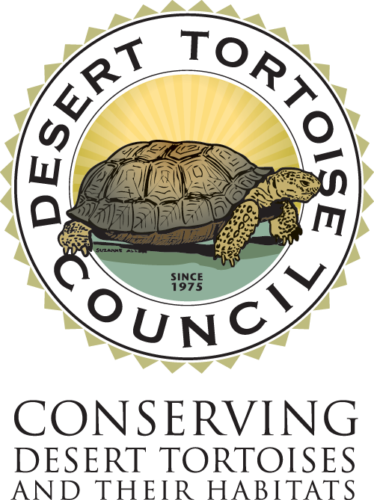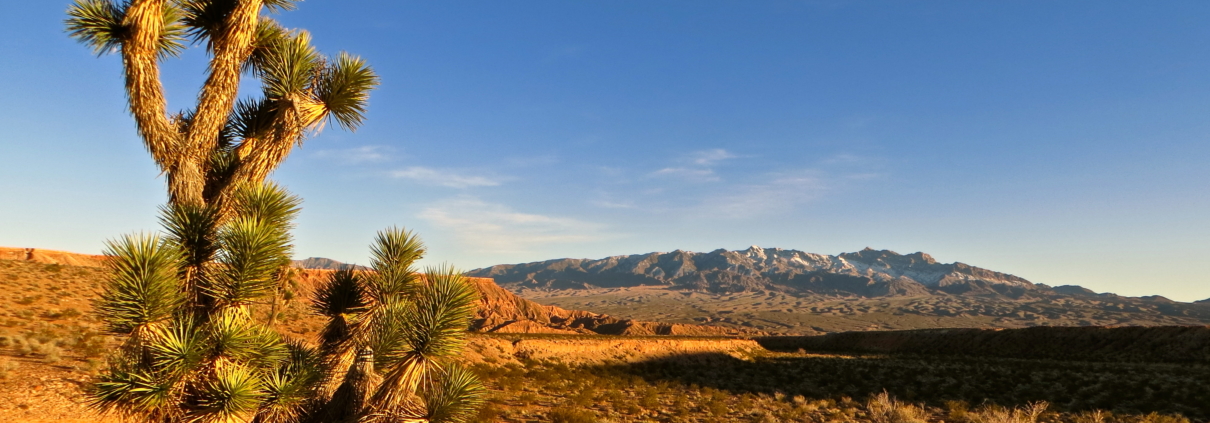Guidelines for Poster Presentations
There will be specified times to present your poster on-site at the symposium (posters will only be presented on-site, this year). The point of a poster is to present the work in a manner that supports easy reading and understanding. Keep text to a minimum, emphasize graphics, and make sure every item in the poster is necessary. Editing is vital to produce an effective poster.
Preparation and Layout
- Hard copies of posters will be hung at the meeting and also submitted as PDF files.
- Include the title and authors of the poster as listed in your abstract on top across the entire poster.
- Information should flow from left to right and from top to bottom.
- Arrange material in two or three vertical columns.
- The abstract should be placed at the upper left and the outcome/impact or concluding comments should appear at the lower right above the thank yous.
- Keep it simple – It is vital to eliminate all unnecessary words.
- Stick to two or three main points. Use graphics as much as possible.
- EDIT!
Text
- Double-space all text, using left justification.
- Use short sentences, simple words, and bullets to illustrate discrete points.
- Written material should be concise. Avoid using jargon, acronyms, or unusual abbreviations.
- The printed outcomes/impacts should permit observers to focus on a concise statement of your central findings that lends itself to discussion.
Fonts
- All information should be large enough to read easily from at least 4 feet away.
- Suggested text size is no smaller than 24 point; Author(s) and affiliation(s) should be at least 42 point; Subheadings should be at least 60 point.
- The title should be printed across the top of the poster in characters of 80-150 point.
- Sans serif fonts. Suggested options include: Arial, Century Gothic, Franklin Gothic Medium, Lucida Sans.
- Choose one font and then use it throughout the poster.
- Add emphasis by using boldface, underlining, or color. (Italics are sometimes difficult to distinguish from regular.)
- Do not use all caps unless it is for one or two word headings. ALL CAPS TEXT IS NOT EASY TO READ.
Illustrations (graph, charts, photos, etc.)
- The success of a poster directly relates to the clarity of the illustrations and tables.
- Self-explanatory graphics should dominate the poster (at least 50% of your poster space).
- Keep captions brief.
- A minimal amount of text should supplement the graphic materials.
- Graphic materials should be visible from a distance of four (4) feet.
- Only include essential information in graphs and tables.
- Label data lines in graphs directly, using large fonts and color. The use of legends and keys requires the viewer to take more time to interpret your message.
- Lines in graphs should be thicker than normally provided in printed letter-sized paper reports or manuscripts.
- Use colors to distinguish different data groups in graphs. Avoid using patterns or open bars in histograms.
Use of Color
- Overuse of color can be distracting – restrained use of 2 to 3 colors for emphasis is valuable.
- Two to three related background colors will unify the poster.
- Use a light background with darker photos; a dark background with lighter photos.
- Use a neutral background (gray) to emphasize color in photos, a white background to reduce the impact of colored photos.

